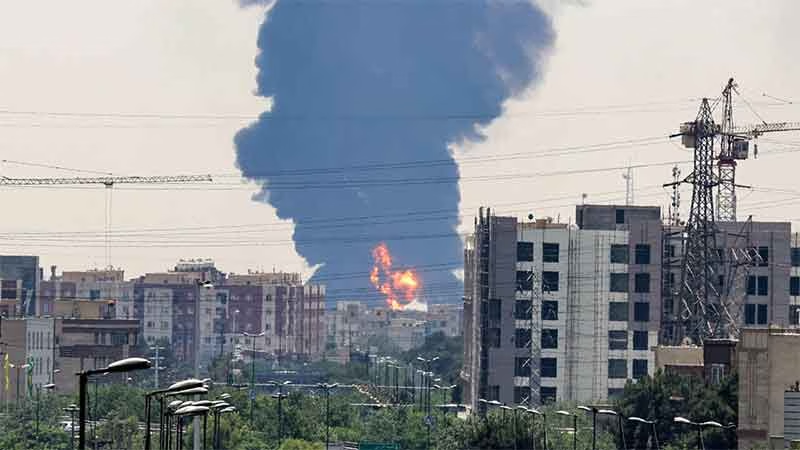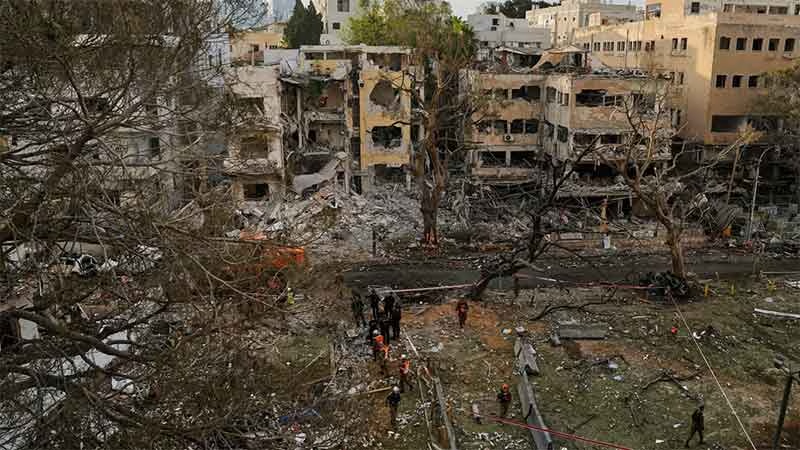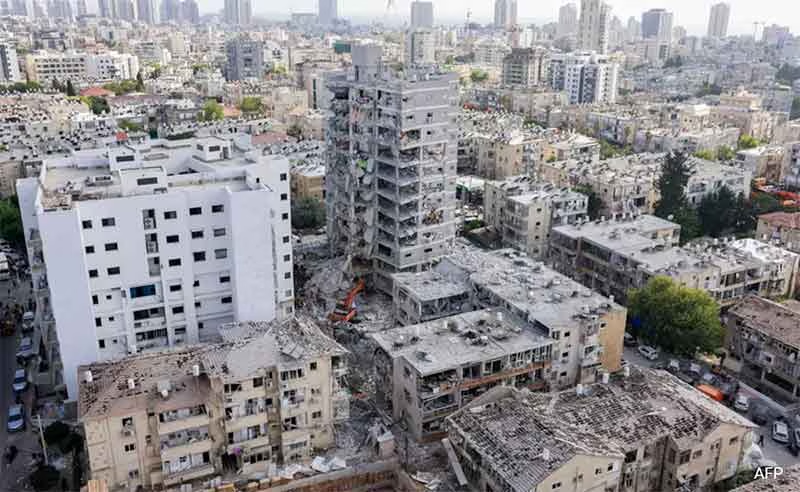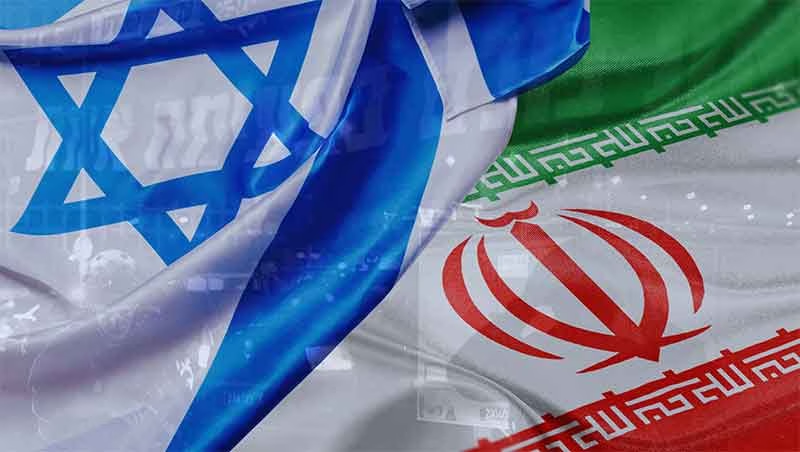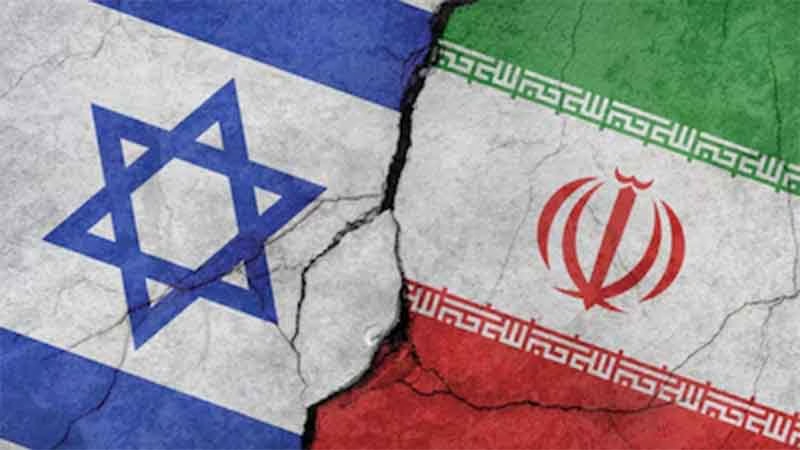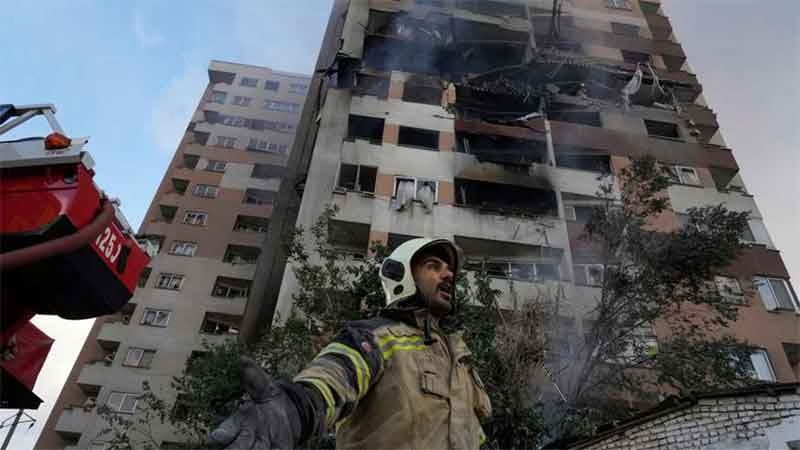
(Kashmir has been described as a land-locked country but with the advent of civil aviation it became quite accessible. However, some parts still continue to be remote especially in winter!)
Historically, Kashmir has always been known as a land-locked country in the high Himalayan Mountains. In the earliest Chinese records Kashmir is described as, “a country enveloped on all sides like a precious jewel by the snowy mountains, with a valley in the south which leads up to it and serves as a gate of the Kingdom”. Famous Chinese traveller, Hiuen Tsang describes Kashmir which he calls Kia-shi-mi-lo as a country surrounded on all sides by very high mountains which have very narrow and contracted passes for entry. According to him these natural bulwarks have protected the country from its neighbours who have never succeeded in subduing it. The Greek chronicles also mention Kashmir as Kaspeira, a country surrounded by high mountains whose inhabitants are great foot-walkers! In fact, this isolation of Kashmir in the high mountains allowed it to remain unmolested for a long time. In ancient Kashmir there used to be an official called the “Dawara Pati”, the guardian of the passes whose job was to keep an eye on all passes which were guarded by garrisons of soldiers.
The conquest of Kashmir by Mughals, even though through treachery, ended Kashmir’s isolation. However, even with the passing of the country from Mughals to Afghans, to Sikhs and finally to Dogras, the physical isolation continued. The only access was through the Jhelum Valley road along the River Jhelum. After, the events of 1947, even though Kashmir got disconnected from its Central Asian neighbours in the North, yet access became easier towards South. Finally, with the advent of civil aviation, Kashmir is no longer a land locked and isolated “country”! The valley of Kashmir has become a global tourist destination and millions of tourists have been coming here from all over the globe.
Unfortunately, in spite of year round global access to the Kashmir valley, there are still some parts which remind one of the ancient land-locked Kashmir. These places get totally land-locked in winter, in some cases almost for six months or so. These include Gurez and Tilel Valleys; Karnah; Wadwan Valley of Kishtwar. The other areas in the State which remain land-locked in winter are Ladakh where totally land-locked is the remote valley of Zanskar. In this modern age it is unthinkable of people getting totally isolated for months on end. They have no access either by road or by air. The people in these areas face not only a physical trauma but also a psychological one. Unfortunately, most of the rulers in recent times have totally neglected this aspect of winter inaccessibility of these remote areas.
After a wait of decades, the government has finally started work on the Zoji La tunnel to ensure year round access to Ladakh by road. This is a welcome step and one hopes the work would be completed on a fast track. It would have been ideal if notice of inaccessibility of other areas had also been taken. The long term accessibility of these areas would also require construction of tunnels below the passes which get closed in winter due to heavy snowfall. These include the Sadhna Pass, the Razdani Pass, the Simthan Pass, the Margan Pass and so on. These passes would need much shorter tunnels which may be cheaper and easier to construct. Let us hope the government keeps the requirements of these people living in remote areas in view and formulates a plan to make these accessible in winter also.
Pending construction of tunnels, the government could explore connecting these remote areas by short haul turbo-prop aircraft. These aircraft do not need long and concrete runways and can land on small strips and in some cases even in plain fields. Air Asia and the Indigo Airlines do have these small turbo-prop aircraft and are operating services to some areas. The government needs to explore the possibility of inviting these airlines to survey the areas and start such short haul air services. Even these services could be subsidised to allow reasonable pricing of these flights. At the moment, some of these areas in the state are serviced by MI-17 helicopters of IAF for which the government makes payments to the Ministry of Defence. Similar, treatment needs to be given to the Zanskar area also which too remains totally cut off during winter. Here again sometime IAF courier services are operated. The worst part is the assistance to sick people during winter. Sometimes the concerned Deputy Commissioners do requisition helicopters from the Air Force. However, providing of a regular short haul air service can ameliorate the suffering of these people till these are made accessible on a round the year basis.
Mohammad Ashraf, I.A.S. (Retired), Former Director General Tourism, Jammu & Kashmir


























